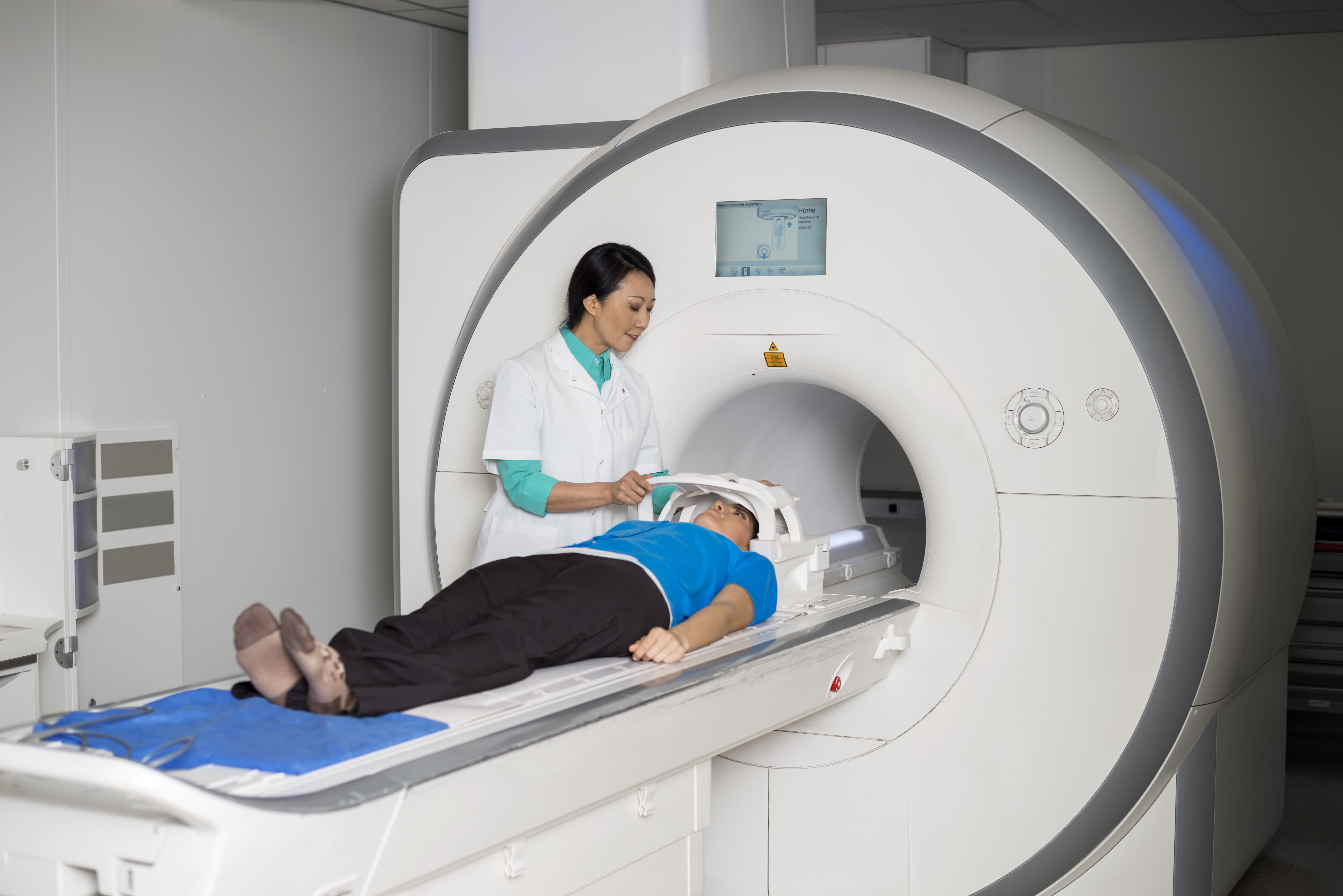Some of you might not know what trigeminal neuralgia is. While it sounds very foreign, this facial pain disorder commonly occurs among Asian people.
Trigeminal neuralgia
Trigeminal neuralgia is a condition when your face feels like it is constantly being jabbed by an icepick. It is that severe a pain and typically only affects one side of the face.. [1] [2]
The cause of the pain is usually due to the contact between a healthy artery with the trigeminal nerve, which is the main nerve for sensation on the face, which causes the nerve to misfire from the pressure on the nerve. [3]
4 things you might not know about trigeminal neuralgia
1. Light stimulation can trigger trigeminal neuralgia
Trigeminal neuralgia sufferers have a face so sensitive, even a slight stimulation can trigger pain! The triggers are:
- Touching the face (even if it’s just a gentle touch).
- Shaving
- Brushing teeth
- Encountering a light breeze
- Applying makeup
- Smiling
- Talking
- Eating
2. Two ways to diagnose trigeminal neuralgia

Trigeminal neuralgia can be diagnosed by: [4]
- Going through a neurological examination
Neurological examinations like touching parts of your face can help your doctor see which nerve in your face is affected by trigeminal neuralgia. This test can also determine what triggers your symptoms, whether it is caused by a compressed nerve or other causes.
- Doing an MRI (Magnetic Resonance Imaging)
An MRI can help your doctor to see if your trigeminal neuralgia might be caused by a tumor pressing on the nerve or disease of the the immune system which damages the protective cover of your nerves.
3. Trigeminal neuralgia type 1 vs type 2
There are two types of trigeminal neuralgia, depending on the type of pain that attacks you.
- Type 1 trigeminal neuralgia is shown by an intense stabbing pain that affects the mouth, cheek, nose, and/or other areas on one side of your face.
- Type 2 trigeminal neuralgia is less painful than the type 1, but your face is constantly aching or burning. [5]
4. Women are more prone to trigeminal neuralgia

Trigeminal neuralgia affects 5 in 100,000 people and occurs slightly more in women than in men. Patients with trigeminal neuralgia are typically middle-aged and older. However, it can occur in young adults as well. [6]
Even though this a disorder that develops later in life, make sure you consult your doctor if you start to feel intermittent sharp pain on one side of your face that does not go away so you can track your condition’s progress and develop an effective treatment plan!
After completing medical school, Dr Kon continued his medical training in neurosurgery and neurocritical care at various institutes in the UK which include the National Hospital for Neurology and Neurosurgery (London), Charing Cross Hospital (London), Addenbrooke’s Hospital (Cambridge) as well as the National Neuroscience Institute (NNI) in Singapore. He obtained his PhD at Imperial College London and subsequently completed his fellowship at Toronto Western Hospital, University of Toronto in Canada.
You can find Dr Kon at NeuroAsiaCare












